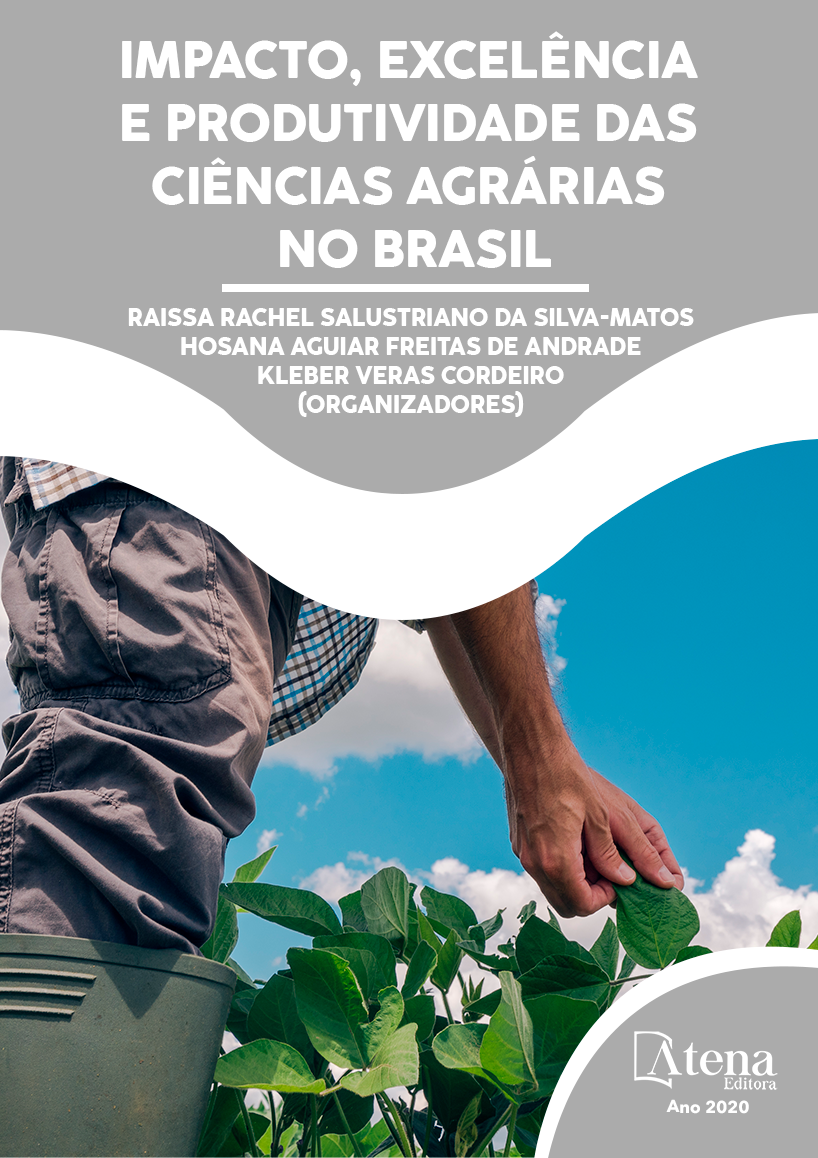
PRODUTIVIDADE E QUALIDADE DA MANDIOCA EM FUNÇÃO DO MANEJO EM TERRAS ALTAS E TERRAS BAIXAS
A mandioca é amplamente cultivada e constitui-se numa importante fonte energética de grande parte da população mundial. O estudo objetivou investigar se, o tipo de manejo empregado nas lavouras de mandioca influencia na produtividade e no teor de proteína das raízes de mandioca? Os experimentos foram conduzidos em terras altas e terras baixas no Rio Grande do Sul no ano agrícola 2018/2019. Os tratamentos testados para elaboração da curva de resposta aos níveis tecnológicos empregados pelos agricultores foram: NT B – nível tecnológico baixo; NT M – nível tecnológico médio; NT A – nível tecnológico alto. Foram realizadas análises físico-químicas para a determinação de umidade e proteína, também foi calculado o índice de produtividade das raízes (ta h-1). O maior teor de proteína foi encontrado em terras altas. O acúmulo de proteína foi crescente, do NT B, NT M ao NT A. O NT A apresentou os maiores teores de proteína, tanto em terras altas como em terras baixas. As raízes de mandioca de terras altas apresentaram os maiores teores de umidade. Portanto, o manejo empregado nas lavouras de mandioca interfere na produtividade e no acúmulo de proteína das raízes.
PRODUTIVIDADE E QUALIDADE DA MANDIOCA EM FUNÇÃO DO MANEJO EM TERRAS ALTAS E TERRAS BAIXAS
-
DOI: 10.22533/at.ed.7512002045
-
Palavras-chave: Mandioca; Proteína; Produtividade.
-
Keywords: Cassava; Protein; Productivity
-
Abstract:
Cassava is widely cultivated and constitutes an important energy source for much of the world's population. The objective of this study was to investigate whether the type of management used in cassava crops influences yield and protein content of cassava roots? The experiments were conducted in upland and lowland environments in Rio Grande do Sul in the agricultural year 2017/2018. The treatments tested to elaborate the response curve to the technological levels used by farmers were: NT B - low technological level; NT M - medium technological level; NT A - high technological level. Physicochemical analyzes were performed to determine moisture and protein, and the root productivity index (ta h-1) was also calculated. The highest protein content was found in highlands. The accumulation of protein was increasing, from NT B, NT M to NT A. NT A presented the highest levels of protein, both in upland and lowland. Highland manioc roots had the highest moisture content. Therefore, the management used in cassava crops interferes with the productivity and the accumulation of protein in the roots.
-
Número de páginas: 13
- Alencar Junior Zanon
- Neila Silvia Pereira dos Santos Richards
- Gilmara Peripolli Tonel
- Paula de Souza Cardoso
- Charles Patrick de Oliveira de Freitas
- Alexandre Ferigolo Alves
- Franciele Ruchel
- Alvaro da Cruz Carpes
- Amanda Thirza Lima Santos
- Eduardo Lago Tagliapietra
- Maritiele Naissinger da Silva
- Bruna Lago Tagliapietra


